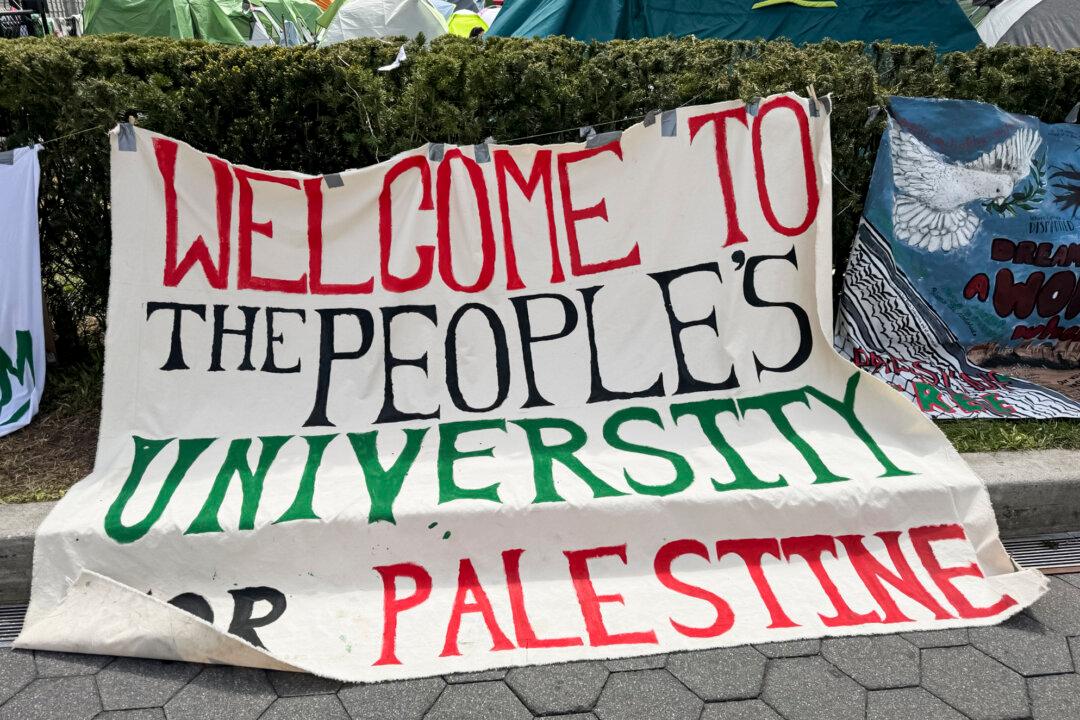Commentary
The foremost advocates of racism and sexism in Canada are our universities. No longer are individuals treated as individuals according to their achievements, potential, and merits. Rather, under the label “diversity, inclusion, and equity,” students, professors, staff, and administrators are treated in admissions, funding, hiring, and benefits not according to their ability to do the assigned job, but according to their sex, race, sexuality, ethnicity, and disability.





